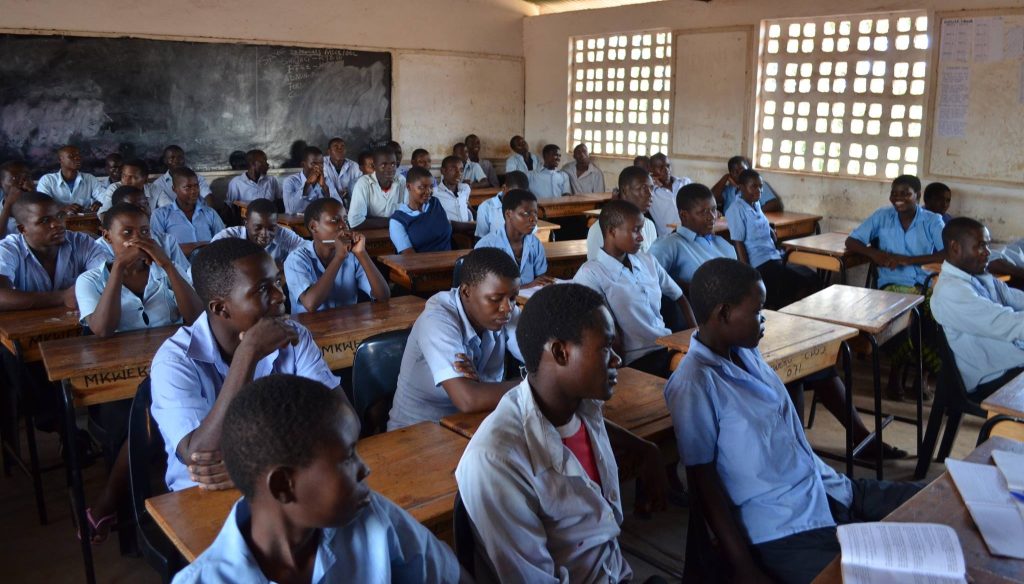Free secondary education, a bittersweet
President Peter Mutharika has taken a bold step forward. Come January 2026, secondary education will be free for all students in public schools.
This announcement has sparked hope among many, with parents eager for their children’s futures, policymakers dreaming of a more skilled workforce and youth longing for the opportunity to learn.

However, it has also sparked scepticism among critics who warn that the move could be costly and bring unforeseen difficulties that the nation is not fully prepared for.
The promise of free secondary education is undeniably transformative.
For decades, Malawi’s low enrollment figures have been a barrier to social mobility and economic development. Removing the cost of tuition is a game-changer, especially for families in poverty.
It is a step toward ensuring that a child’s background no longer determines their access to quality education.
Such an increase in access could ripple into economic benefits: more skilled workers, higher productivity and a broader base of empowered citizens.
Yet, as history shows, good intentions often collide with harsh realities. The experience of the 1994 free primary education policy serves as an important lesson.
While enrollment surged, the quality of education suffered—class sizes ballooned, infrastructure could not keep pace and the overall standards diminished.
The same risks loom large if Malawi rushes into free secondary education without addressing fundamental systemic weaknesses and gaps.
Foremost among these challenges are infrastructure deficiencies. Many schools lack enough classrooms, learning materials, and facilities.
An influx of students will only deepen these strains, risking overcrowding and diluting the quality of teaching. Teacher shortages—particularly in rural areas—compound the issue.
With too few qualified educators and not enough incentives to serve in remote regions, the risk of declining educational standards becomes real.
Funding is another critical hurdle. Currently, Malawi allocates only 4.1 percent of its GDP to education—one of the lowest in the world—and dedicates just 32 percent of its national budget to the sector.
Underfunding creates a fragile foundation on which to build a nationwide free education program.
Public schools depend heavily on fees to sustain their support staff and operations.
Removing these fees could lead to layoffs, further weakening schools’ capacity to deliver quality education.
Moreover, the simultaneous rollout of a new curriculum amid an economic crisis and infrastructure gaps, could further complicate implementation.
Past experience suggests that without adequate preparation, funding and resource allocation, the quality of education will suffer, defeating the very purpose of expanding access.
Many school heads are left wondering how they would cover essential operational costs. There are no clear policy framework and no explanation of how schools will be financially supported.
Every service—from water to electricity, classroom maintenance to staff wages—still requires funding. Yet, government has provided little direction on how to fill the gaps created by the loss of fees.
What is the way forward?
Experts agree that Malawi must increase investment in education, prioritising secondary schooling, boosting teacher training and upgrading infrastructure.
Partnerships with international donors, nongovernmental organisations and the private sector could play a vital role in filling these gaps.
Efficient management, reduced administrative costs and targeted policies for disadvantaged groups are also crucial.
While the promise of free secondary education in public schools is compelling, its success hinges on careful planning and sustained support.
If these are not in place, Malawi risks embarking on a costly and potentially ineffective journey. But if well-executed, this policy could unlock opportunities, reduce poverty, and shape a brighter future for the nation.
The bold move deserves applause. But it must also be accompanied by strategic action—only then can it fulfill its promise of inclusive, high-quality education for all.


